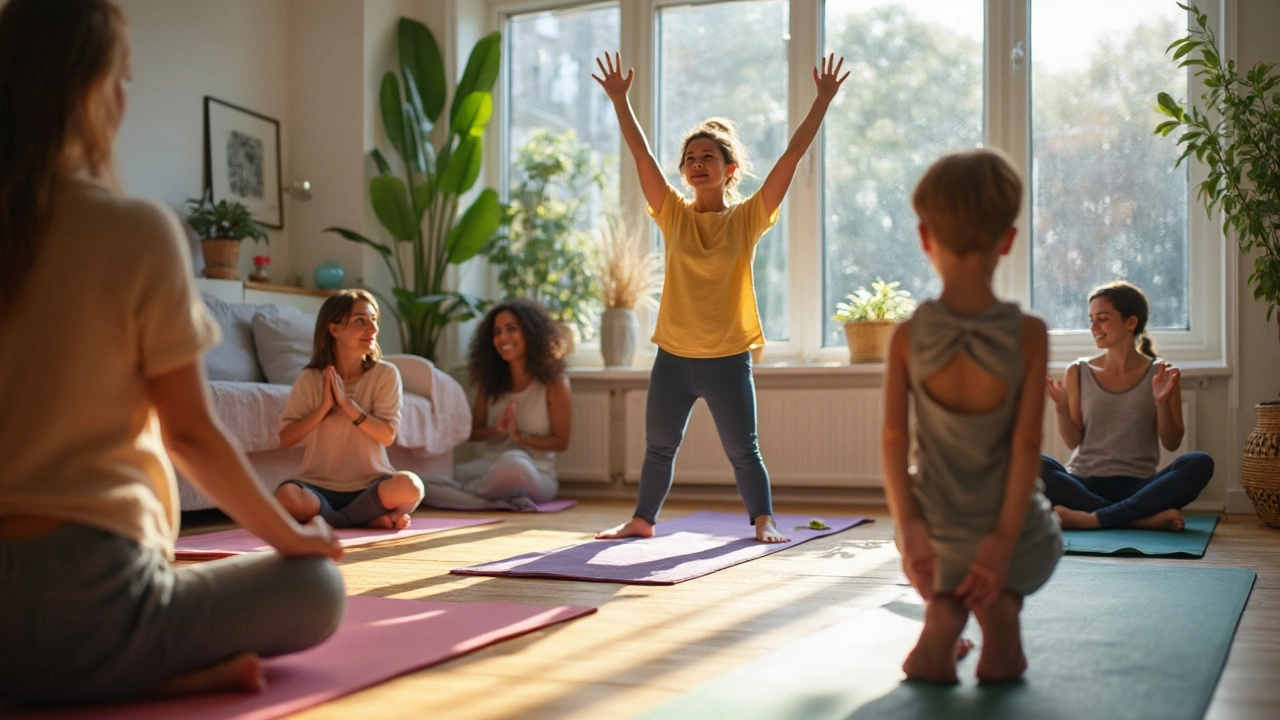How to Start Yoga: A No‑Fluff Guide for Absolute Beginners
If you’ve ever watched a yoga video and thought, “That looks nice, but I have no idea where to begin,” you’re in the right spot. You don’t need a fancy studio, expensive gear, or years of practice. All you need is a little space, a mat (or a towel), and the willingness to move a bit each day.
What You Need Before You Begin
First things first – clear a 5‑to‑10‑foot area where you won’t be bumped. A yoga mat is ideal because it gives grip and cushions joints, but a thick rug works too. Wear comfortable clothes that let you bend without feeling restricted; think stretchy joggers or leggings and a t‑shirt.
Next, set a realistic time slot. Many beginners think they must practice for an hour, but research shows that 20 minutes a day is enough to see benefits. In fact, one of our popular posts, “Is 20 Minutes of Yoga a Day Enough Exercise?” backs this up with real‑world examples.
Finally, choose a quiet moment – early morning or just before bed works well. Turn off notifications, dim the lights if you can, and let your body know it’s time to focus.
Your First 3 Simple Yoga Sessions
Session 1: Grounding Basics (10‑12 minutes)
Start in a comfortable seated position. Take three deep breaths, inhaling through the nose, exhaling through the mouth. Move into Cat‑Cow stretches (Marjaryasana‑Bitilasana) – four rounds, syncing breath with movement. Finish with a gentle forward fold (Uttanasana) and hold for a few breaths. This session wakes up the spine and teaches you how breath controls motion.
Session 2: Standing Strength (15‑18 minutes)
Begin in Mountain Pose (Tadasana) – feet hip‑width apart, shoulders relaxed. Flow into Sun Salutation A (Surya Namaskar A) for three rounds. Afterward, practice Warrior II (Virabhadrasana II) on each side, holding for five breaths. End with a simple balance: Tree Pose (Vrksasana), focusing on a steady point in front of you. This routine builds leg strength and confidence in standing poses.
Session 3: Cool‑Down & Relaxation (10‑12 minutes)
Lie on your back and draw your knees to your chest for a gentle hug. Release one leg at a time into a Supine Twist, holding each side for five breaths. Finish with Corpse Pose (Savasana) for three minutes, allowing your body to absorb the practice. Even a short Savasana makes a big difference in stress reduction.
Stick to this three‑session rotation for the first two weeks. Notice how you feel – maybe you’re a bit more flexible, or you sleep deeper. That’s the signal to keep going.
When you’re ready, sprinkle in other beginner‑friendly poses like Child’s Pose (Balasana) for rest, or Bridge Pose (Setu Bandhasana) for gentle backbends. You can also explore our blog posts about yoga length and fitness, such as “Is Yoga Enough for Fitness? Full Guide to Yoga‑Only Training,” to see how yoga fits into a broader health plan.
Remember, yoga isn’t a competition. It’s a personal practice. If a pose feels tight, modify it or use a block (a sturdy book works). Consistency beats intensity every time. Aim for five days a week, even if some days are only five minutes.
Ready to roll out your mat? Grab a water bottle, set a timer for 20 minutes, and follow the three‑session plan. In a few weeks you’ll notice steadier breathing, a calmer mind, and a body that feels a little stronger. Welcome to the start of your yoga journey – enjoy the process and stay curious!

Beginner Yoga Guide: How to Start Yoga at Home Safely and Effectively
Maeve Larkspur Jun 25 0Wondering how to start yoga as a beginner? This practical guide makes choosing a style, getting equipment, learning poses, and sticking to your yoga routine simple and clear.
More Detail